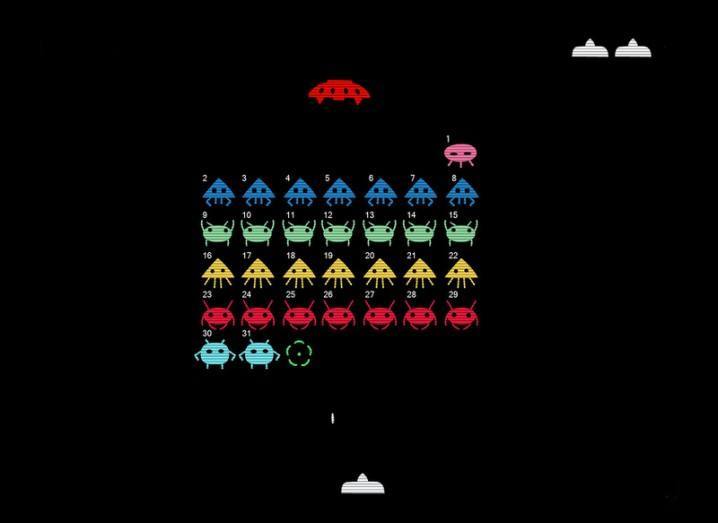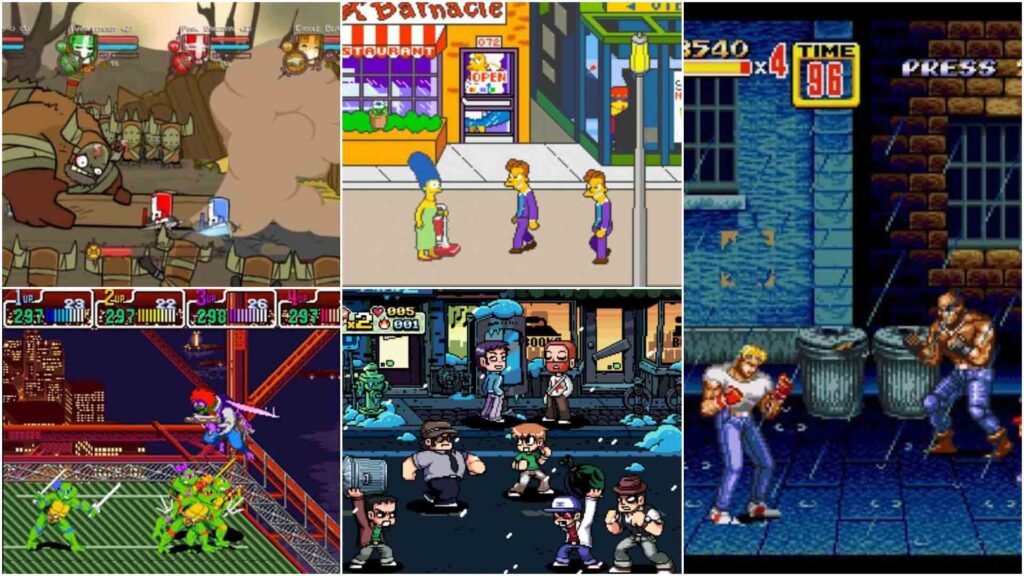
The past half-century has witnessed a remarkable evolution in the depiction and utilization of weapons in video games. This expansive exploration traces the history of weapons in games, from the early days of arcade classics to the immersive virtual worlds of modern gaming.
The history of weapons in games can be traced back to the earliest arcade classics of the 1970s. Games like Pong and Space Invaders introduced simple mechanics for shooting projectiles and defending against enemies, laying the foundation for the action-packed gameplay experiences that would follow in later years.

The 1980s witnessed the golden age of arcade games, with titles like Contra, Galaga, and Street Fighter popularizing the use of weapons in gaming. Side-scrolling shooters and beat ’em ups became iconic genres, featuring a diverse array of weapons and power-ups that players could wield to defeat enemies and conquer challenging levels.

The advent of home consoles in the 1980s and 1990s brought about a new era of gaming, with 3D graphics and immersive gameplay experiences becoming increasingly prevalent. First-person shooters like Doom and GoldenEye 007 revolutionized the genre, introducing realistic weapon mechanics and intense multiplayer battles that captivated players around the world.

In the 21st century, advancements in technology have enabled developers to create increasingly realistic and immersive gaming experiences. Games like Call of Duty, Battlefield, and Fortnite feature highly detailed weapon models, extensive customization options, and fast-paced multiplayer gameplay that keeps players coming back for more.
As technology continues to evolve, the future of weapons in games holds limitless possibilities. Virtual reality (VR) gaming is pushing the boundaries of immersion, allowing players to physically interact with virtual weapons in ways never before possible. As developers continue to innovate and experiment with new technologies, the future of weapons in games promises to be even more exciting and immersive than ever before.

As we conclude our exploration of the history of weapons in games spanning the past half-century, it becomes clear that these virtual armaments have played a profound role in shaping the gaming landscape and culture. From the simple pixelated blasters of early arcade classics to the intricately detailed firearms and futuristic weaponry of modern gaming, the evolution of weapons in games reflects the rapid advancements in technology, gameplay mechanics, and storytelling.
The journey of weapons in games mirrors the broader evolution of the gaming industry itself, from the humble beginnings of arcade cabinets to the immersive virtual worlds of today’s consoles, PCs, and virtual reality platforms. Along the way, developers have continually pushed the boundaries of creativity and innovation, leveraging weapons as a core element of gameplay to deliver thrilling action, strategic depth, and immersive experiences for players around the world.
Yet, as we celebrate the achievements and innovations of the past half-century, it is also essential to reflect on the ethical implications and societal impact of weapons in games. While virtual violence and combat are commonplace in gaming, developers have a responsibility to handle these themes with sensitivity and consideration, mindful of their potential effects on players, particularly younger audiences.
Looking to the future, the possibilities for weapons in games are boundless. As technology continues to advance, we can expect to see even more immersive and interactive experiences, with virtual reality, augmented reality, and artificial intelligence reshaping the way we interact with virtual armaments. However, as we embrace these advancements, it is crucial to remain mindful of the importance of responsible game design and the potential impact of weapons on player behavior and attitudes.
In the end, the history of weapons in games serves as a reminder of the power of interactive entertainment to inspire, challenge, and provoke thought. By continuing to innovate, push boundaries, and engage with players in meaningful ways, developers can ensure that weapons in games continue to captivate and entertain audiences for generations to come, while also fostering a deeper understanding of the complexities of human conflict and cooperation in the digital age.